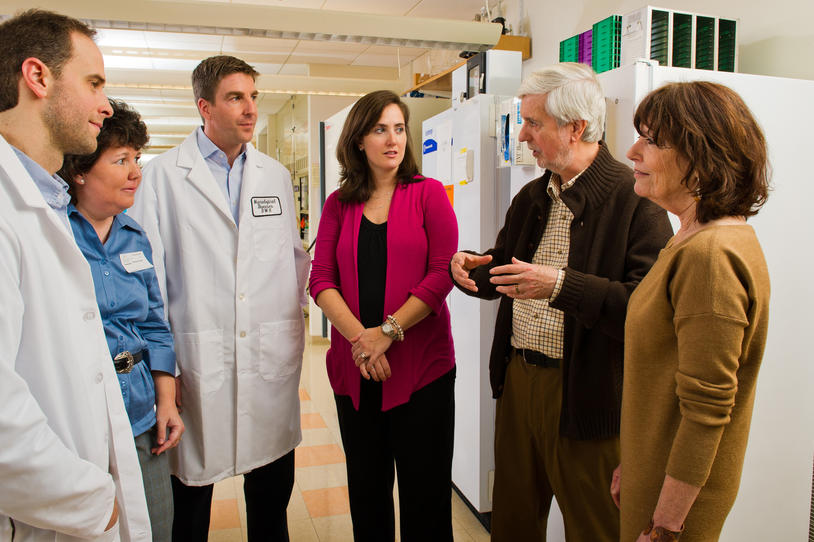
The way we talk says a lot about who we are and how we’re feeling. We may raise our voice when we’re angry, or soften our tone when feeling especially magnanimous. We may talk deliberately to make a point, or speed up our phrasing when we’re nervous or frustrated. Being able to regulate the volume and pacing of our speech is an important tool in how we communicate with others.
But while changes in speech are largely voluntary for most people, for some, including people with Parkinson’s, changes in speech can be a physiological symptom of a biological condition. For this reason, some scientists are working to see how measuring these changes in speech could provide a definitive tool for diagnosing PD.
Last week, encouraging news to this end: Rahul Shrivastav, PhD, of Michigan State University, found that his technology interpreting small changes in speech that take place early on in PD is effective in diagnosing the disease more than 90 percent of the time.
People with PD and their caregivers may notice that as the disease progresses, an individual’s speech may become slowed, or slurred. Shrivastav, however, says that he can detect changes that are much smaller than this — “not necessarily big enough to notice,” he explained to the Detroit Free Press.
“In Parkinson’s disease, a common limitation is that the movements become slow and have a reduced range,” says Shrivastav. “We believe we see this pattern in speech too — the tongue doesn’t move as far as it should, doesn’t move as quickly as it should and produces subtle changes in speech patterns.”
Shrivastav is able to identify these changes by using special software that measures these movements of the jaw and tongue. He says that he can draw firm conclusions by analyzing only two seconds of speech.
If the technology turns out to be viable, it could be a useful tool — PD is difficult to diagnosis, and as of yet, there is no objective test for determining if someone has the disease. For now, diagnosis is made by clinical examination during which a physician looks for two or more of the cardinal signs of PD (resting tremor, slowness of movement, and rigidity) to be present. An objective test could go a long way toward earlier diagnosis, and earlier treatment for people with PD.
While intriguing, Shrivastav cautions that we are still likely several years away from widespread use of the technology. “While the data is very good,” he tells MJFF, “we still need to do additional testing to determine its specificity and sensitivity. The speech samples evaluated here were all obtained from patients diagnosed with PD. We need to extend the testing further to determine the accuracy of this test for patients who are in even earlier stages of the disease.”
Shrivastav is not the only one looking to use voice-recording technology to diagnosis PD. This past summer, a mathematician named Max Little, PhD, presented a TED talk on his technology called VoicePD. Little says that in trials, VoicePD was able to detect Parkinson’s with 99 percent accuracy, all from analysis of a 30-second phone call.
Little’s Parkinson’s Voice Initiative is currently looking to test more voices on a large scale to learn more about the efficacy of the VoicePD technology, and they’re aiming to do so outside of a laboratory setting, with the end goal of one day being able to provide such a test to as many people as possible.
Little is collaborating with Daniel Vannoni, managing director of Gecko Ventures, on a related project using smart phone-collected information (including voice recordings) to better diagnose and measure Parkinson’s disease progression.
Learn more about Little’s work in this interview with CNN’s Sanjay Gupta.